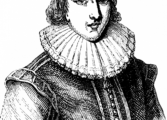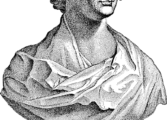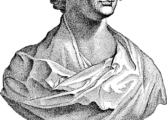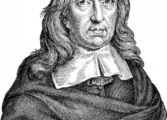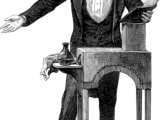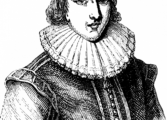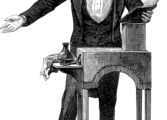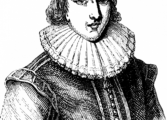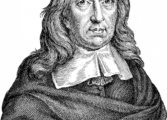Jane Austens Pride and Prejudice is considered one of the most beloved novels in English literature

Published in 1813, it has captivated readers for centuries with its timeless themes, memorable characters, and witty social commentary. In this article, we delve into the world of “Pride and Prejudice” and explore its significance and evolution over time.
Introduction to “Pride and Prejudice”:
“Pride and Prejudice” is a novel written by Jane Austen, an English novelist who is widely regarded as one of the greatest writers in the English language. Set in the early 19th century, the novel follows the Bennet family, particularly the protagonist Elizabeth Bennet, as they navigate the complex world of love, social status, and marriage.
The story unfolds in the English countryside, primarily focusing on the interactions between the Bennet sisters and a group of eligible bachelors, notably Mr. Darcy and Mr. Bingley. Through Elizabeth’s perspective, Austen explores the themes of societal expectations, wealth, class, and the power dynamics between men and women.
Historical Development of “Pride and Prejudice”:

Since its publication, “Pride and Prejudice” has seen various adaptations and interpretations across different media forms, highlighting its enduring popularity and cultural significance.
1. Early Reception:
Initially, the novel received mixed reviews, with some critics praising Austen’s wit and character development, while others criticized the perceived frivolity and domestic focus of the narrative. However, it garnered a loyal readership and gained recognition for its astute portrayal of social norms and dynamics.
2. Adaptations and Influence:
Over time, “Pride and Prejudice” has been adapted into numerous stage plays, films, and TV series, solidifying its place in popular culture. Notably, the 1995 BBC television adaptation starring Colin Firth as Mr. Darcy became a huge success, thrusting Austen’s work into the mainstream spotlight.
3. Feminist Interpretations:
In recent years, “Pride and Prejudice” has also been heralded as a feminist text, emphasizing the agency and independence of its female characters. The novel’s exploration of marriage as a vehicle for economic security and social positioning resonates with contemporary discussions on gender equality.
4. Literary Legacy:
“Pride and Prejudice” has had a profound influence on subsequent literature, inspiring countless authors to explore themes of romance, social commentary, and the complexities of human relationships. Its enduring popularity is evidenced through its continued presence in school curricula and its frequent inclusion in lists of must-read books.
Tips for Structuring the Article for Google’s Featured Snippet:
1. Develop an Engaging Introduction:
Start with a compelling title, such as “Exploring the Timeless Charm of Jane Austen’s ‘Pride and Prejudice’.” Begin by introducing the novel and its significance to readers, capturing their interest from the outset.
2. Utilize h2 Subheadings:
Incorporate h2 subheadings throughout the article to improve readability and structure the content in a way that aligns with Google’s featured snippet format. For example:
– The World of “Pride and Prejudice”
– The Evolution of “Pride and Prejudice”
– Early Reception and Criticism
– Adaptations and Cultural Impact
– Feminist Interpretations
– Literary Legacy
3. Employ Bulletpoints:
When relevant, present key points or facts as bulletpoints to enhance the chances of your article being selected as a featured snippet. For example:
– “Pride and Prejudice” explores themes of love, social status, and marriage in 19th-century England.
– The novel initially received mixed reviews but has gained enduring popularity.
– The 1995 BBC adaptation starring Colin Firth as Mr. Darcy became a cultural phenomenon.
– “Pride and Prejudice” is often interpreted as a feminist text, highlighting the agency of its female characters.
– The novel’s influence extends to contemporary literature, inspiring subsequent authors.
Conclusion:
In conclusion, Jane Austen’s “Pride and Prejudice” continues to captivate readers with its insightful portrayal of societal norms and timeless themes. Its historical development, from its early reception to its enduring legacy, showcases its cultural significance. By exploring the novel’s nuanced characters and engaging narrative, readers are transported to a world that remains both relatable and enchanting.






